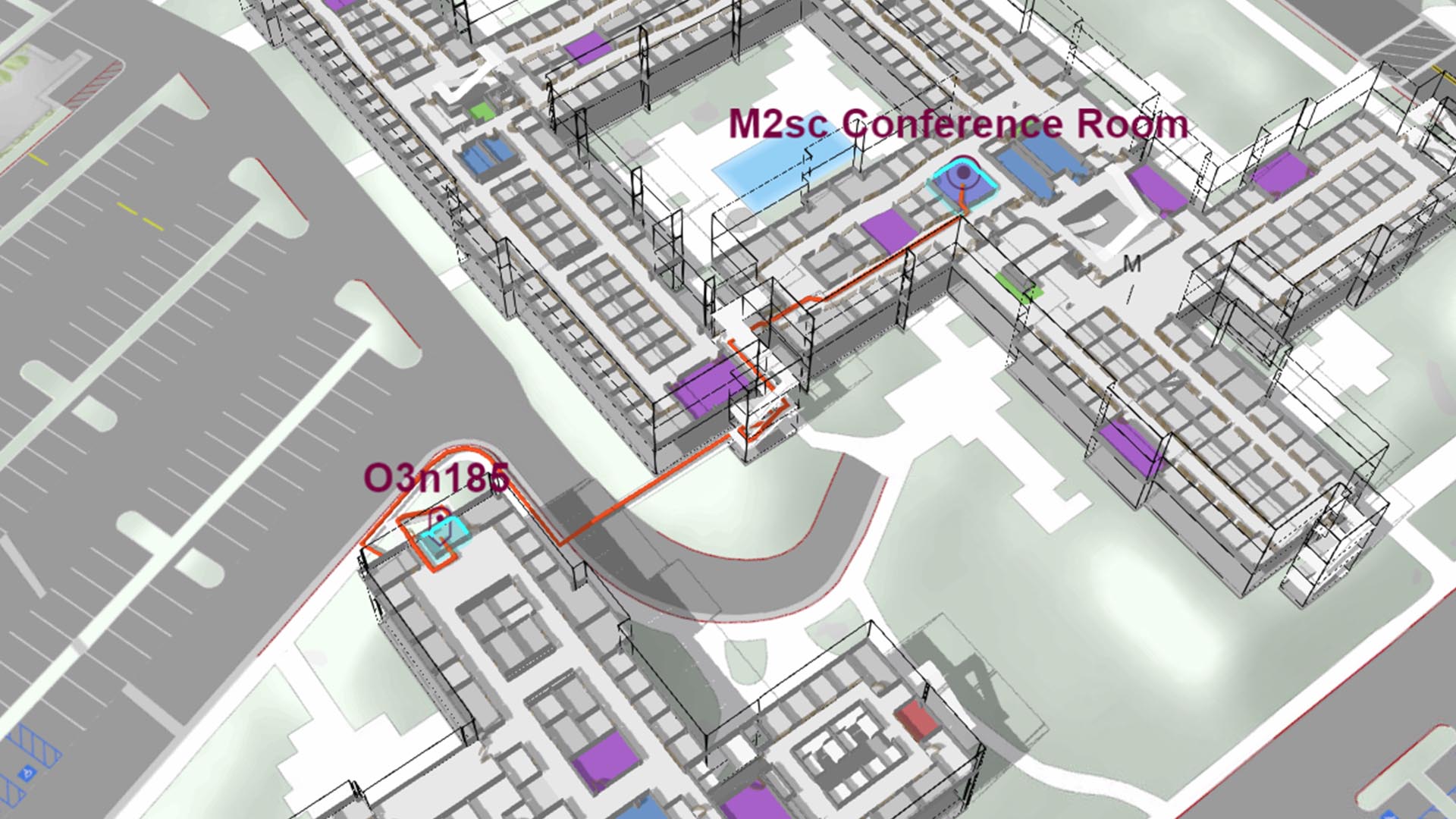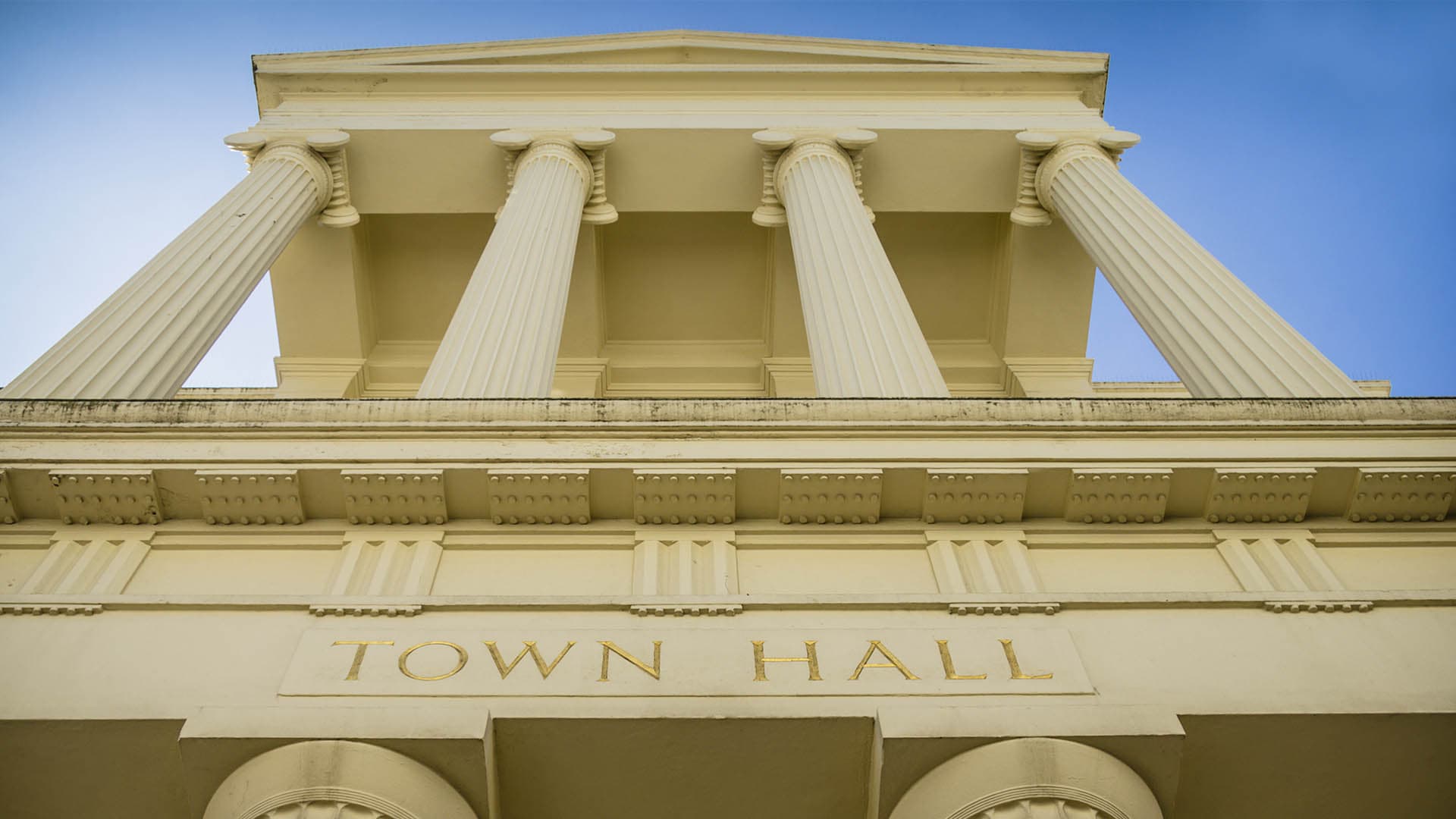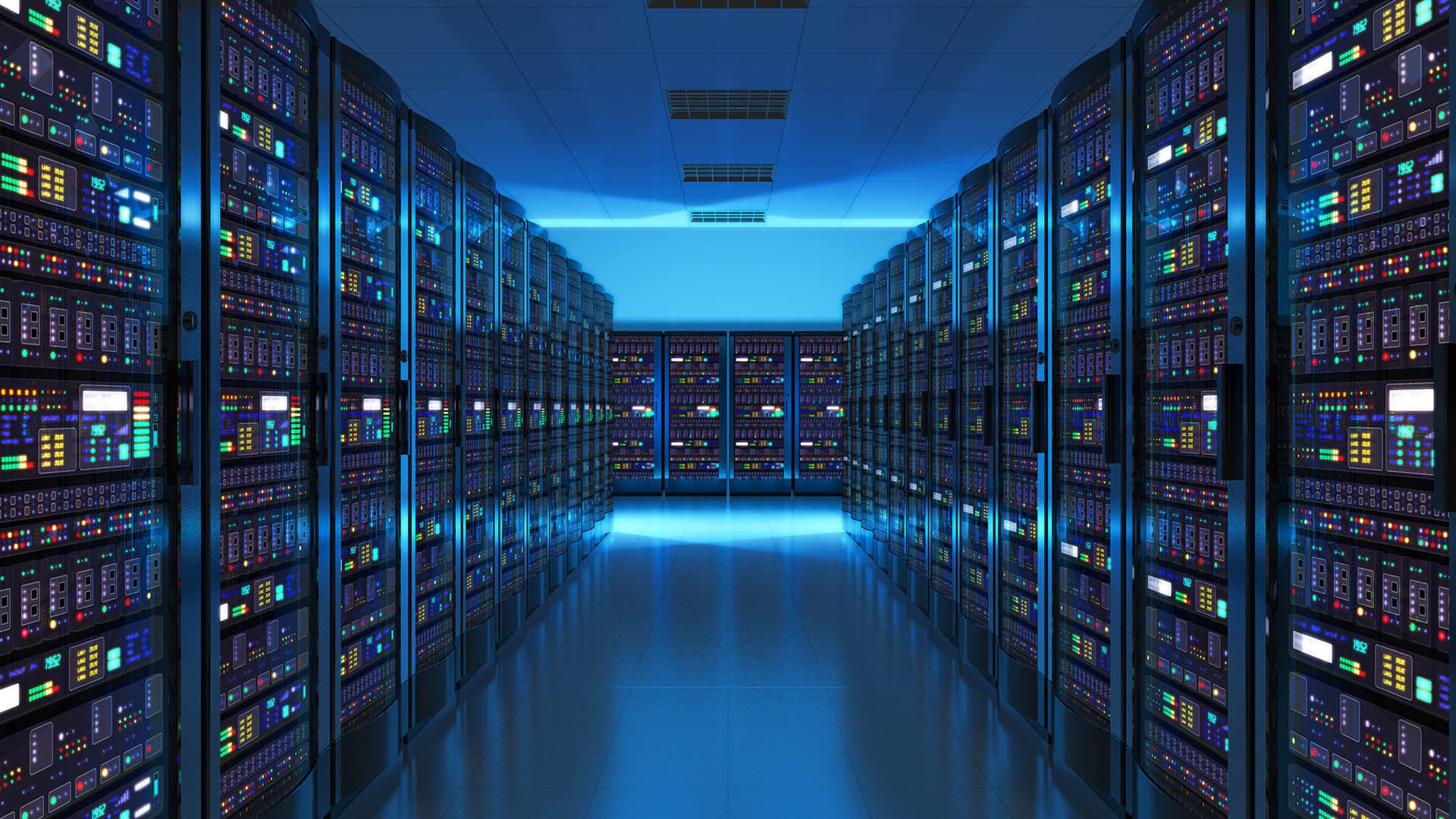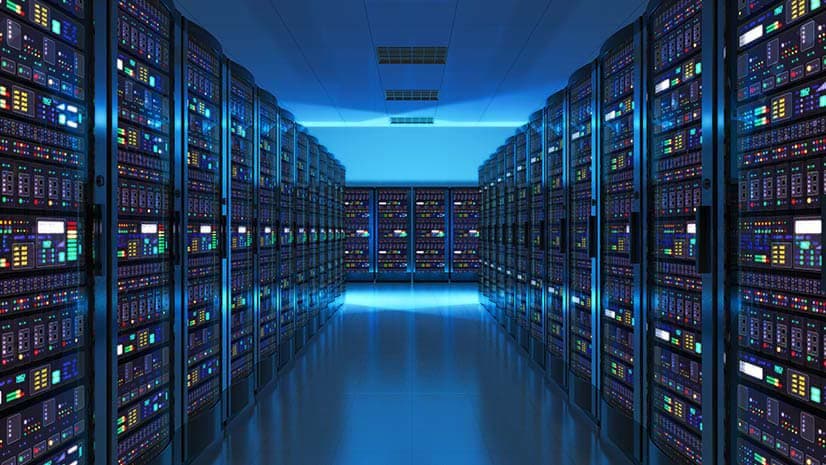Emma loves her new job—the ever-changing assignments, the quick pace, the supportive team members. But until recently, there was one thing that irked her: navigating the sprawling corporate campus.
She appreciated all the resources she needed right where she worked, including a gym, a couple of cafeterias and even a day care center. But the place was so big, with so many buildings, that she frequently got lost scooting from one meeting to another.
Not now.
Today, as she walks from Building B to Building J in search of a group she’s never met, she doesn’t study a map or read instructions printed out from an email. She just looks at her smartphone, watching the little blue dot that shows her location on a digital representation of the campus. Much like following a GPS-based app when driving, she follows a prescribed route: She makes a sharp left by the water fountain, enters the double doors, and walks into Room J347 with minutes to spare.
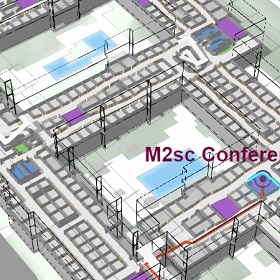
Like smart cities, smart campuses use new IoT-based data streams, real-time processing, and location intelligence tools to help executives plan the optimal use of space and the most efficient way to run their facilities.
A New View of Company Assets
Vision of the future? Hardly. It’s one of the ways in which corporate campuses are taking advantage of smart technologies to make life easier for their employees and visitors. The benefits extend well beyond employee happiness. They save time and increase productivity. And for a large, sprawling campus with thousands of employees, that adds up (see sidebar).
Indeed, this type of use—referred to as “positioning assistance” in the trade—is but one of dozens of ways that smart campuses hold advantages over traditional approaches. Like smart cities, smart campuses use new IoT-based data streams, real-time processing, and location intelligence tools to help executives plan the optimal use of space and the most efficient way to run their facilities.
A simple example of the latter might be saving energy costs by adjusting temperatures based on observed patterns rather than assumptions. Instead of guessing to turn up the heat at 7:30 a.m. when the first workers of the day might arrive, real-time information from location-aware sensors can tell a smart system that on the third floor of Building C, the heat should remain low, because all of the occupants are at a trade show that week.
On a more complex level, some companies are employing 3D dashboards to create, in essence, a digital twin of the workplace. On these smart campuses, facilities managers can see in 3D not only the location of fixed and mobile assets, but also their status—heating, ventilation, and air conditioning (HVAC) units that need routine maintenance or hallway sensors that have malfunctioned. Geographic information system (GIS) technology brings these 3D dashboards to life, allowing managers to see in real time and by precise location which assets need attention.
Business Cases for the Smart Workplace
When companies apply location tracking and visualization techniques to assets under management, many other business benefits emerge:
- Workplace productivity and recruitment: With the help of 3D campus maps, executives might see that the members of a skunk works team are scattered and should be reconfigured in a location that promotes face-to-face dialog. Or they may see that based on the recent growth rate, the company will overrun its existing space in three years and should start planning for expansion. Meanwhile, prospective employees might be attracted to a corporation by seeing (and hearing from current employees) the benefits of working there, including modern amenities, widespread sharing of information, and management’s responsiveness to employees. Improved employee productivity reduces a company’s operational costs, while top talent contributes to business growth.
- Billing management: Companies and organizations that monitor their assets with GIS often enjoy a level of visibility that competitors lack. For example, one university located in a major metropolitan area used GIS to oversee water usage at dozens of buildings on its campus. That revealed billing anomalies that managers had overlooked, and is now saving the university $500,000 annually.
- Resource allocation and space planning: By viewing a 2D or 3D map of workspaces, planning executives for a corporate campus with several tenants can see which spaces are leased, when contracts are up for renewal, how tenants seeking more space can be accommodated, and more. A sophisticated GIS can also show planners renderings of foot traffic through a building, for instance, which can guide optimal placement of WiFi hot spots, security cameras, or kiosks. That 2D or 3D map-based view allows planners to quickly visualize issues and opportunities that might otherwise remain buried in spreadsheets.
- Equipment maintenance and updating: The task is greatly simplified if individual assets have been electronically tagged by model, date acquired, location and the like. Imagine a corporation with 2,000 office chairs that have been deemed faulty by the manufacturer and are now subject to a recall. GIS can show the locations of the affected equipment by cross-checking serial numbers and sensors, saving a maintenance crew several hours or even days of manual verification work.
- System of record maintenance: The use of indoor positioning helps companies maintain more accurate and informative systems of record—for instance, a real-property management system. With location information in the system of record, companies make better and faster decisions across the organization and avoid wasteful capital spending.
- Facility operational awareness: 2D and 3D maps of facilities, combined with video cameras, help both in planning for emergencies and mitigating their impact when they happen. Practice drills can be monitored to see if there are areas in which employees are not able to evacuate as quickly as they should. In addition, a workplace incident may be brought to resolution faster if law enforcement can rapidly assess where the threat is and what avenues are available to ensure the safety of those endangered. One of the busiest airports in the world used 3D GIS to analyze where to place automated external defibrillators (AEDs) for maximum accessibility within each terminal, significantly enhancing customer safety.
- Routine functionality: Small items that might escape the attention of management can be readily reported on a smart campus. For example, an employee might notice that a digital display is on the fritz in one of the hallways. Using the smart campus map, she can pinpoint the display’s location to automatically alert maintenance staff to the issue.
A Late Start for Indoor Mapping
It’s a curious fact that we’ve long had the ability to jump in a car and drive from one side of the country to another using digital maps, but we’ve only recently begun using similar technology to work our way through a building. It’s due in part to different incentive systems.
Governments couldn’t function well if they didn’t know much about their territory, so public funding of mapmaking has long been a high priority. In the modern era, government-funded satellites have produced data that formed the basis of GPS and GIS technology. Beginning in the 1980s, this data was shared widely, eventually finding its way into GPS devices like those made by Garmin and Tom-Tom, and becoming readily available on today’s smartphones.
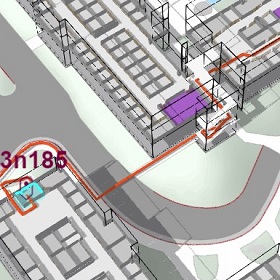
Some companies are employing 3D dashboards to create, in essence, a digital twin of the workplace. On these smart campuses, facilities managers can see in 3D not only the location of fixed and mobile assets, but also their status.
But for reasons both practical and technical, location awareness in smaller spaces has lagged behind that of large land masses. For one thing, building interiors don’t reveal themselves to satellites. Mapping an interior space in 2D or 3D initially required using the original blueprint of its design to establish the length, width, and height of passageways, rooms, and floors, and to track the unseen water pipes and wiring, etc. Building information management systems and CAD applications filled in the gaps, and companies began to augment 2D and 3D maps by adding features, such as corporate property (PCs and printers, furniture) or employees (members of different departments, different shifts).
Thus began an ever-increasing layering of information, both to benefit employees like Emma as she looks for Room J347 and the executives of her company who want to better understand how their business is operating, find ways to trim costs, and plan for future needs.
The Workplace IoT
Today, all this is possible with the help of smart elements. Smart is a catch-all phrase for the interactivity that is possible through indoor location maps, sensors, data storage, and visualization techniques, many of which have only become recently available commercially.
In large part, the smart campus has been made possible by the emergence of indoor mapping technologies that create 3D versions of physical spaces, and indoor positioning systems that track people and assets within those spaces, much as GPS satellites track cars and mobile devices. For its part, GIS organizes this information visually, displaying the location and status of each smart campus asset.
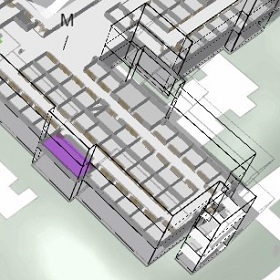
2D and 3D maps of facilities, combined with video cameras, help both in planning for emergencies and mitigating their impact when they happen.
Behind this brand of location awareness is the workplace version of the Internet of Things, which facilitates a constant flow of information from tagged assets to the dashboards viewed by managers and executives, as well as the smart maps viewed by employees like Emma.
More than a simple productivity enhancer, that information, laid out intuitively on 2D and 3D maps, equips a company to make critical decisions about a wide range of activities on its smart campus.
The Esri Brief
Trending insights from WhereNext and other leading publicationsTrending articles

December 5, 2024 |

July 25, 2023 |

November 12, 2018 |

April 1, 2025 |

April 29, 2025 |

February 1, 2022 |
